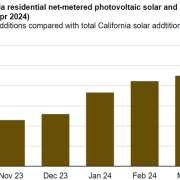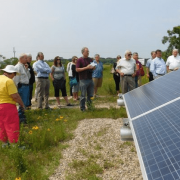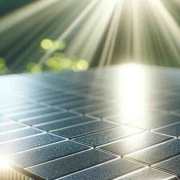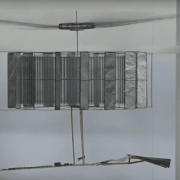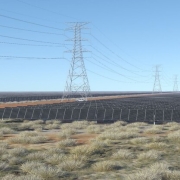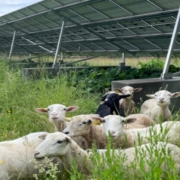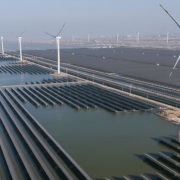The world is currently in a transition towards renewable and environmentally friendly energy sources. Most companies have opted to turn to photovoltaic energy, and several companies have even created windows with transparent solar panels that could innovate in the energy sector by offering the same functionality as a traditional window and producing energy.
A revolutionary idea: transparent solar panels
We have often heard the idea of implementing solar panels on the windows of homes and buildings, something that could be significantly beneficial as it would be generating energy from the comfort of your home, however most solar panels require a certain dark shade for efficient energy production.
Click here to read the full article
Source: Eco News
—
If you have any questions or thoughts about the topic, feel free to contact us here or leave a comment below.


